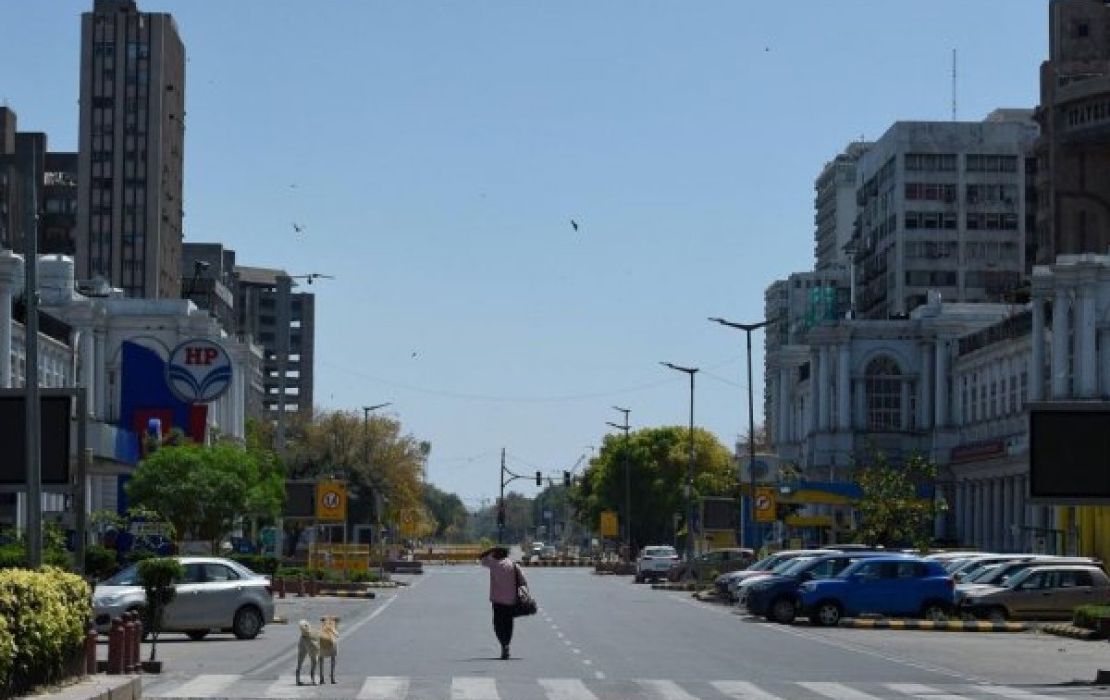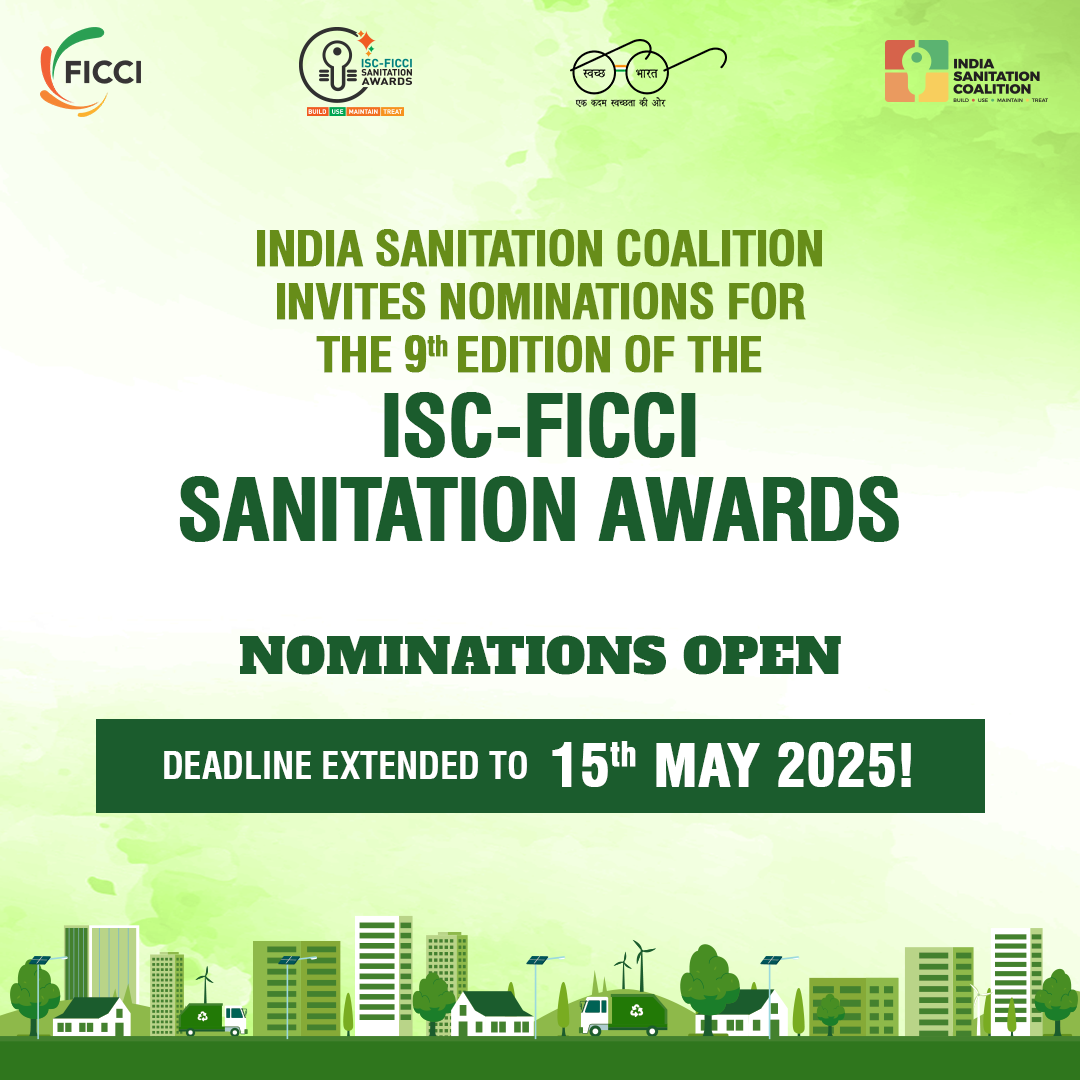Covid-19: How It Might Change Us In The Future For Better - Impact On Pollution, Water, Sanitation, Hygiene

The COVID-19 lockdown has shown us how quickly nature gives us back our clean air. It is for us to seize this opportunity to keep our lungs clean and safe.
We awaken to blue skies and the cleanest air over a sustained period than we have seen in years. The Dhauladhar snow-capped mountain ranges are visible from Punjab’s towns in the north. Can we sustain this pollution-free air after the lockdown?
The forced Work From Home (WFH) has shown many companies that this is feasible, indeed the preferred way. As the lockdown lifts, can we continue our learnings to sustain WFH? Needless to say this is a boon for women returning to the workforce with young kids and trying to juggle jobs and home commitments. It helps every one of us as our immunity improves with low pollution, particularly where the COVID-19 strikes - i.e. nasal passages and lungs. Our roads decongest, the air clears helped by the transition to BS-VI vehicles. We don’t spend a couple of hours every day commuting to office.
Imagine a city that is more competitive, with higher-quality neighbourhoods, lower infrastructure costs, and lower CO2 emissions per unit of activity. Its residents can access most jobs and services easily through a combination of low-cost public transport, walking and cycling aided by digital access. Its core economic and population centres are resilient to natural hazards. Our immunity improves to withstand rogue viruses like COVID-19. The city is able to finance improvements to public space, connectivity, and social housing by capturing value created through integrated land use and transport planning.
The local neighbourhood market becomes a key ingredient. Such a vision has never been more relevant for rapidly growing cities than it is today. Based on an observation of methodologies applied in different countries, the World Bank's Community of Practice on Transit Oriented Development has developed a methodology called the 3 Value (3V) Framework, which outlines a typology to facilitate TOD implementation at the metropolitan and urban scale in various contexts.
Needless to say, Internet reliability needs to be stepped up and digital apps that help achieve efficient delivery of goods and services need to see a vibrant growth. Internet Mohalla dhabhas for all to access and use should be a public service -- ideally with local support to help those who need to access banking and public services and are less familiar with the online world.
Other than transport pollution, another key contributor is construction dust. We want construction activity back but can this be done in ways that minimise pollution? The materials we use and how we build have evolved in the cities of the world - we don’t need to reinvent the wheel.
The COVID-19 lockdown has shown us how quickly nature gives us back our clean air. It is for us to seize this opportunity to keep our lungs clean and safe.
We need to create resilient cities. Other than pollution, look at how we manage water resources, including faecal sludge management, sanitation more broadly, water access and climate change. If set up and maintained well from end to end, FSM Systems have the potential to mitigate current public health and environment challenges posed by untreated sewage.
More than 60 per cent of sewage generated by urban India enters untreated into water bodies like rivers, resulting in pollution and making the water unfit for human consumption. Untreated sewage is responsible for 70 per cent of the Yamuna's pollution - undoubtedly, sanitation and water security/water body rejuvenation are inextricably linked.
How do we wash our hands if the availability of water is an issue? The renewed efforts of the Swachh Bharat mission in continuing its outstanding work in behavioural change regarding hygiene and washing must continue and in addition look at the treatment of sewage. At the India Sanitation Coalition, we continue to support activities that focus on the entire cycle from hand washing and toilet use to the treatment of faecal waste.
While centralized sewered sanitation systems are the norm in many Western cities, only about 33 per cent of urban toilets in India are connected to piped sewer systems.
The cost of FSM (decentralized) technologies are significantly less expensive than conventional sewer-based systems. They are also much less resource-intensive both in terms of water requirements and energy use. Given that a majority of the population depends on onsite systems, it is imperative, therefore, that we come together as communities, RWAs, municipalities to look at solutions for treating our sewage and protecting the scarce water resources we depend on.
Every epidemic strikes at our health, impacting the health of the nation and we are seeing the grave economic consequences unfold today.
We need to ensure every citizen is healthy and strong and can fight off every attack such as COVID-19. Clean air and water, good sanitation and hygiene are key.
